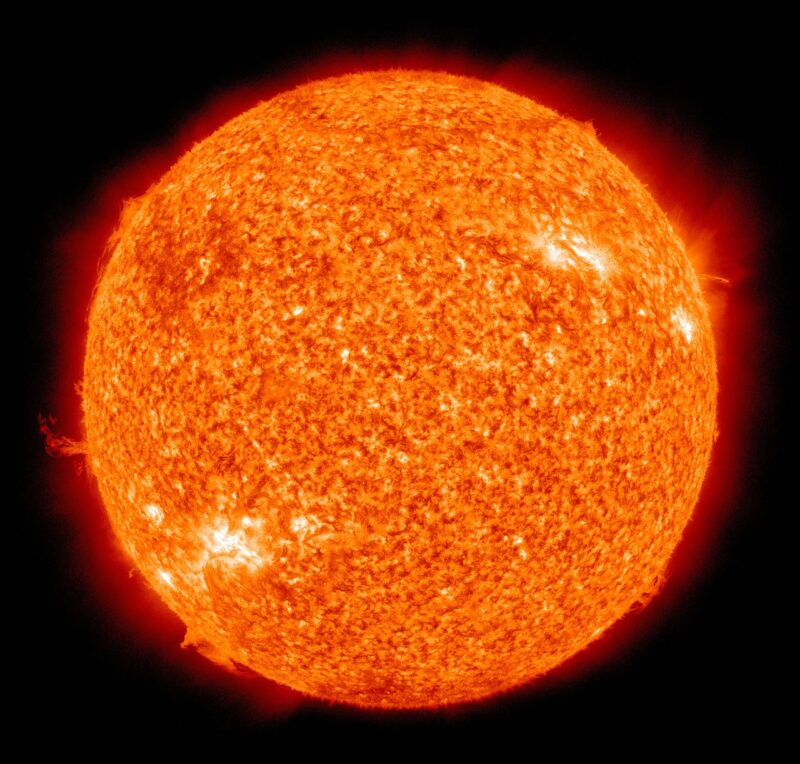How Scientists Calculate the Sun’s Age and Predict Its Remaining Lifespan
November 12, 2024

The Sun, a magnificent ball of fire at the center of our solar system, has captured the imagination of humans for centuries. It provides light and warmth to our planet, enabling life as we know it. But have you ever wondered how scientists determine the Sun’s age and predict how much longer it will continue to shine?
In this article, we will delve into the methods used to calculate the Sun’s age, explore its current phase in the stellar lifecycle, and estimate its remaining lifespan. Let’s embark on this enlightening journey through astrophysics!
1. Understanding the Lifecycle of Stars
Before diving into how scientists calculate the Sun’s age, it’s imperative to understand the lifecycle of stars, including our Sun. Stars are born, evolve, and eventually die through various stages. For the Sun, its lifecycle can be outlined as follows:
1. Formation: Stars form from clouds of gas and dust in space. Under the influence of gravity, these materials collapse, leading to the birth of a protostar.
2. Main Sequence Phase: The Sun is currently in this phase, where it has been for about 4.6 billion years. During this time, it fuses hydrogen into helium in its core.
3. Red Giant Phase: Eventually, the Sun will exhaust its hydrogen fuel, causing it to expand and cool, turning into a red giant.
4. White Dwarf Stage: After shedding its outer layers, the remaining core will become a white dwarf, slowly cooling over billions of years.
5. Final Fate: Ultimately, it will become a cold, dark remnant known as a black dwarf (theoretically).
Understanding these phases helps scientists estimate how long the Sun has already existed and how much longer it will shine.
2. Calculating the Sun’s Age: Methods in Action
To estimate the Sun’s age scientifically, researchers rely on various methods that are generally cross-verified for accuracy.
2.1. Helioseismology
One of the most effective methods for determining the Sun’s internal structure and age is helioseismology. This technique studies the propagation of sound waves within the Sun. By observing oscillations on the Sun’s surface, scientists can infer its internal properties.
These oscillations form from turbulent convection currents within the Sun, which generate sound waves. Analyzing these waves provides information about the Sun’s density, temperature, and composition, allowing for precise age calculations.
2.2. Stellar Evolution Models
Astrophysicists also use models of stellar evolution to estimate the Sun’s age. By comparing the Sun to other stars at various stages of their lifecycle, researchers can determine its age within the context of these evolutionary timelines. This involves matching the Sun’s characteristics, like brightness and temperature, to those of theoretical models.
2.3. Radioactive Dating of Solar System Material
Another crucial method involves using radioactive dating of the oldest meteorites found in our solar system. Scientists analyze isotopes such as uranium and lead to determine their ages, which provide a timeline for when the solar system, including the Sun, was formed. This method estimates the Sun’s age to be approximately 4.6 billion years.
By combining data from these techniques, scientists have arrived at a consensus that the Sun’s age is around 4.6 billion years with a margin of error of several million years.
3. Predicting the Sun’s Remaining Lifespan
With knowledge of the Sun’s age, scientists can also predict how much longer it will continue to shine, based on its current phase of hydrogen fusion.
3.1. Current Composition and Temperature
The Sun is primarily composed of hydrogen (about 74%) and helium (about 24%). During the main sequence phase, hydrogen fusion occurs at the Sun’s core, generating heat and light. As the Sun ages, it gradually converts hydrogen into helium.
Currently, the Sun has enough hydrogen to sustain nuclear fusion for approximately another 5 billion years. During this time, it will gradually evolve toward becoming a red giant.
3.2. The Red Giant Phase and Beyond
As the Sun ages and the hydrogen in its core is depleted, it will transition into the red giant phase. During this phase, it will expand significantly, potentially engulfing the inner planets, including Earth. This phase might last for about 1 to 2 billion years before it sheds its outer layers and converts into a white dwarf.
The white dwarf stage may last for many billions of years as it slowly cools down. Eventually, scientific models suggest that the Sun will become a black dwarf, although this stage is theoretical, as the universe is not old enough for any black dwarfs to exist yet.
4. The Importance of Understanding the Sun’s Lifecycle
Understanding the age and future of the Sun is critical not only for predicting our solar system’s fate but also for comprehending the broader dynamics of stars and galaxies. Studying the Sun offers insight into stellar evolution, the potential habitability of exoplanets, and the overall life cycles of other stars in the universe.
Furthermore, researching the Sun’s lifecycle helps scientists develop models that predict how different types of stars evolve, informing our understanding of supernovae, black holes, and other cosmic phenomena.
Conclusion
The Sun, a celestial body that sustains life on Earth, has a finite lifespan that scientists rigorously study through various methods. By harnessing techniques such as helioseismology, stellar evolution models, and radioactive dating, researchers have come to understand that the Sun is approximately 4.6 billion years old and has around 5 billion years left before transitioning into its next phases of existence. This understanding not only provides insight into our solar system’s future but also enriches our knowledge of the universe and the formations of stars.
As we continue to uncover the mysteries of our Sun, it serves as a reminder of the complex and dynamic processes that govern the cosmos, offering a fascinating look into the universe’s past, present, and future.








